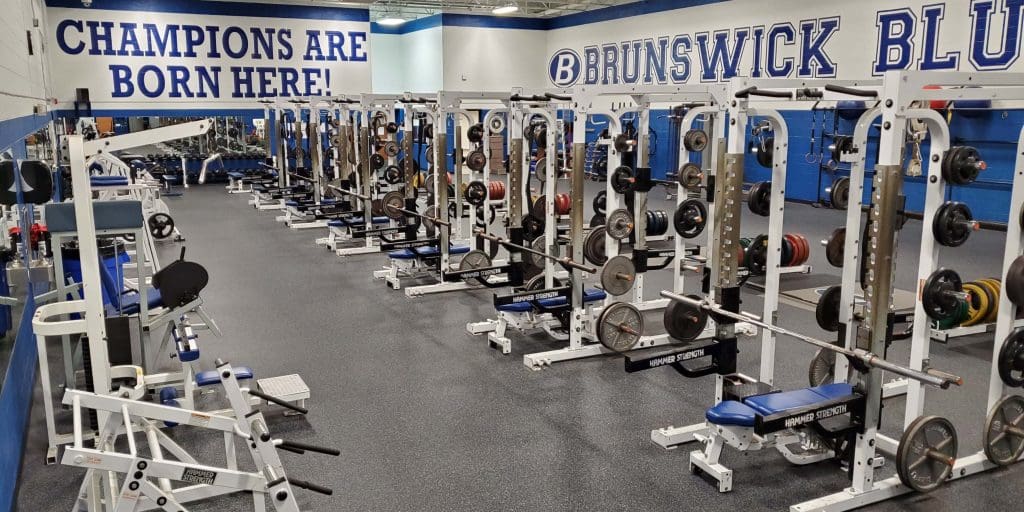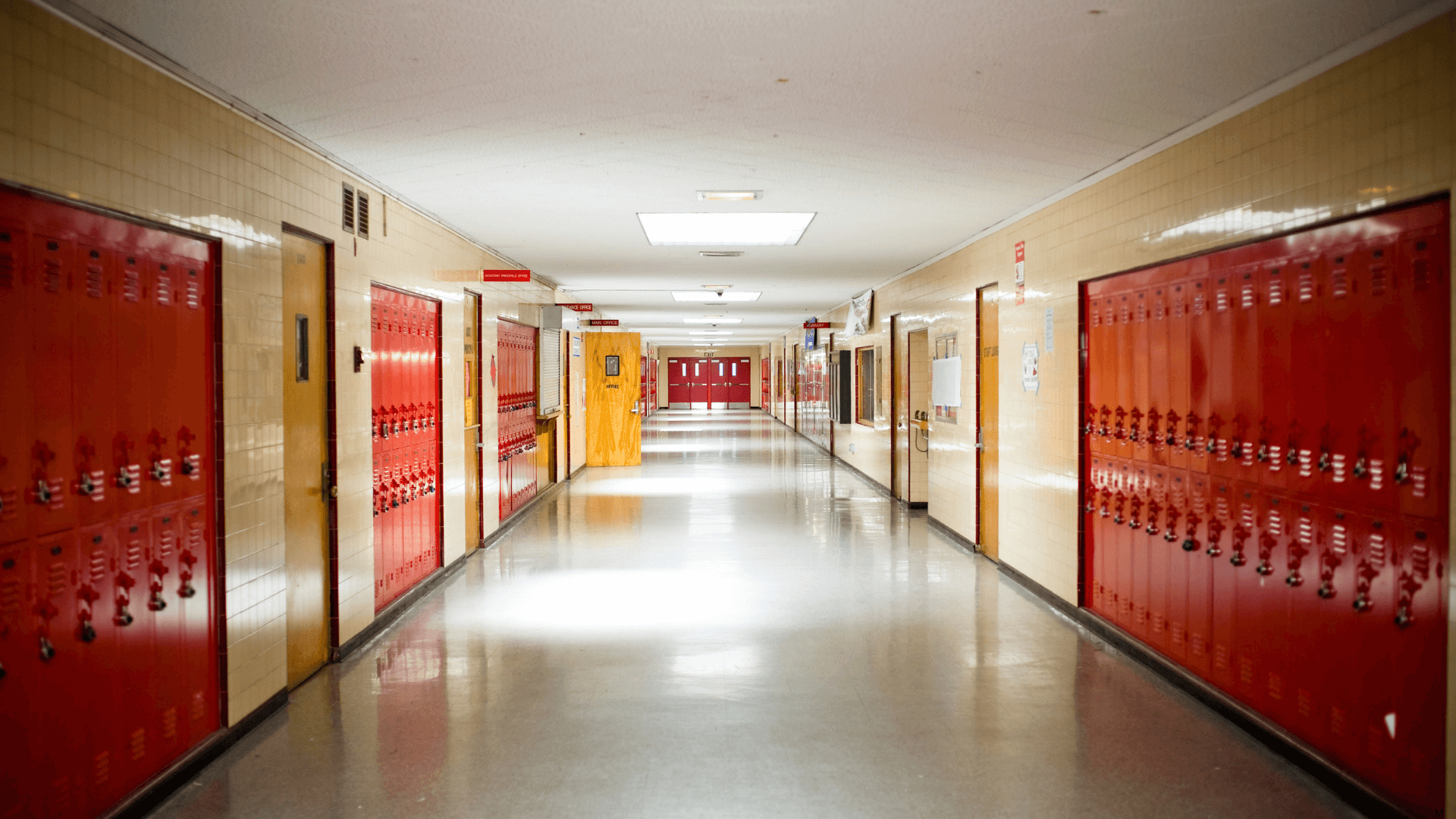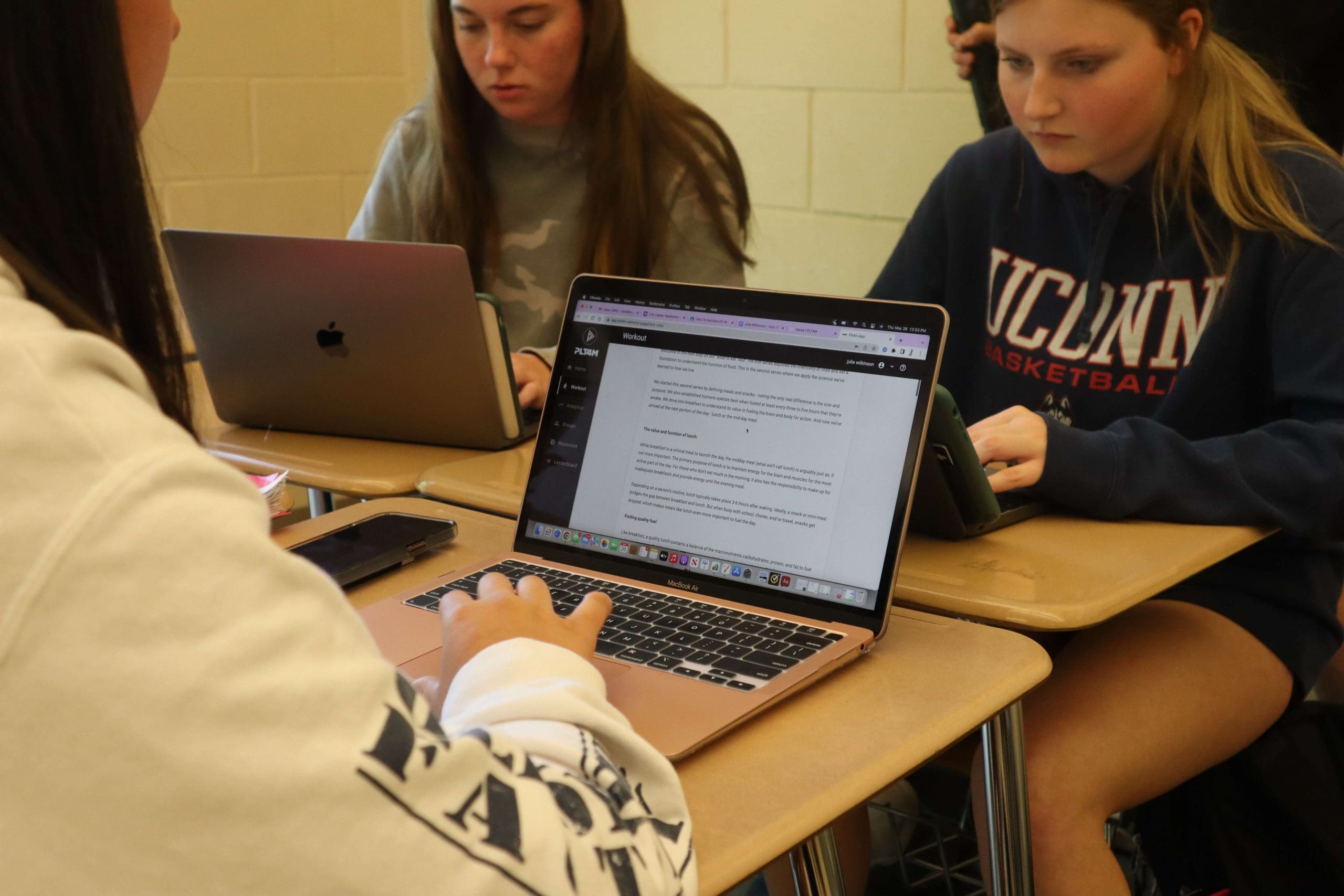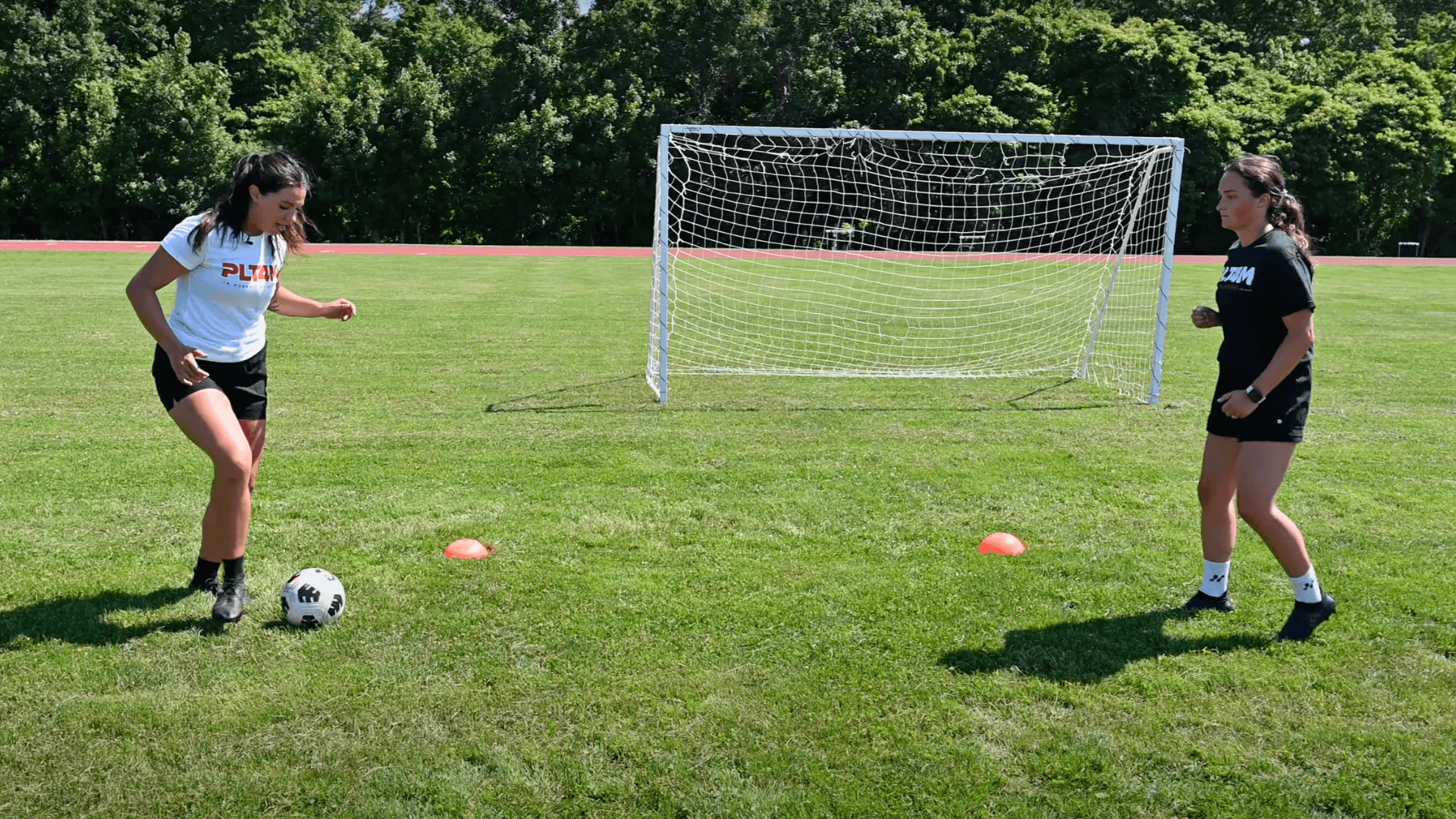[vc_row][vc_column width=”1/4″][vc_single_image image=”8030″][/vc_column][vc_column width=”3/4″][vc_column_text]
Meet The Author: Travis Lombardozzi
- Brunswick High School (OH) – Physical Education Teacher (9-12)
- Director of Strength & Conditioning
- NSCA Certified Strength & Conditioning Specialist
- Follow on Twitter: @BHSstrength









